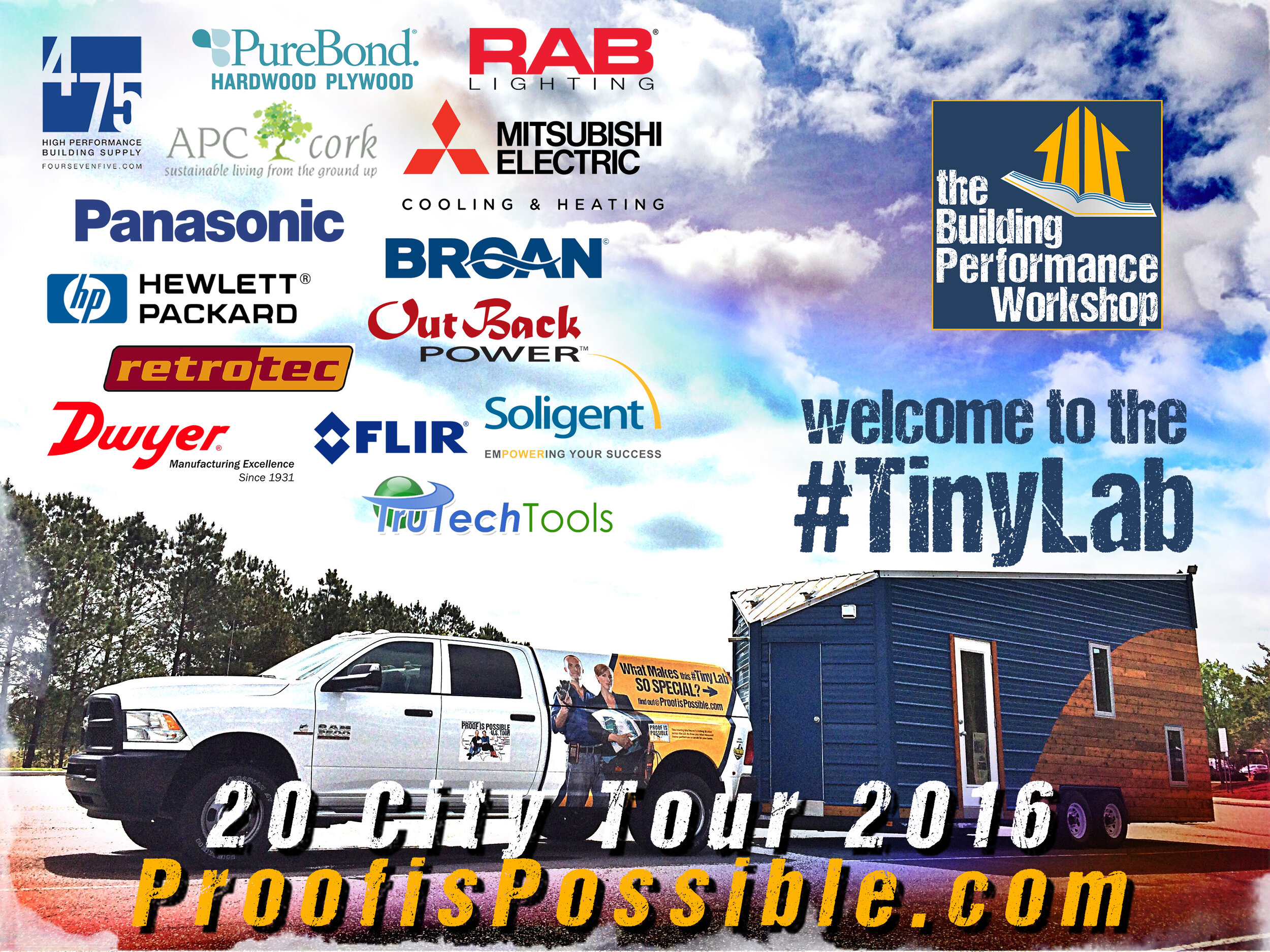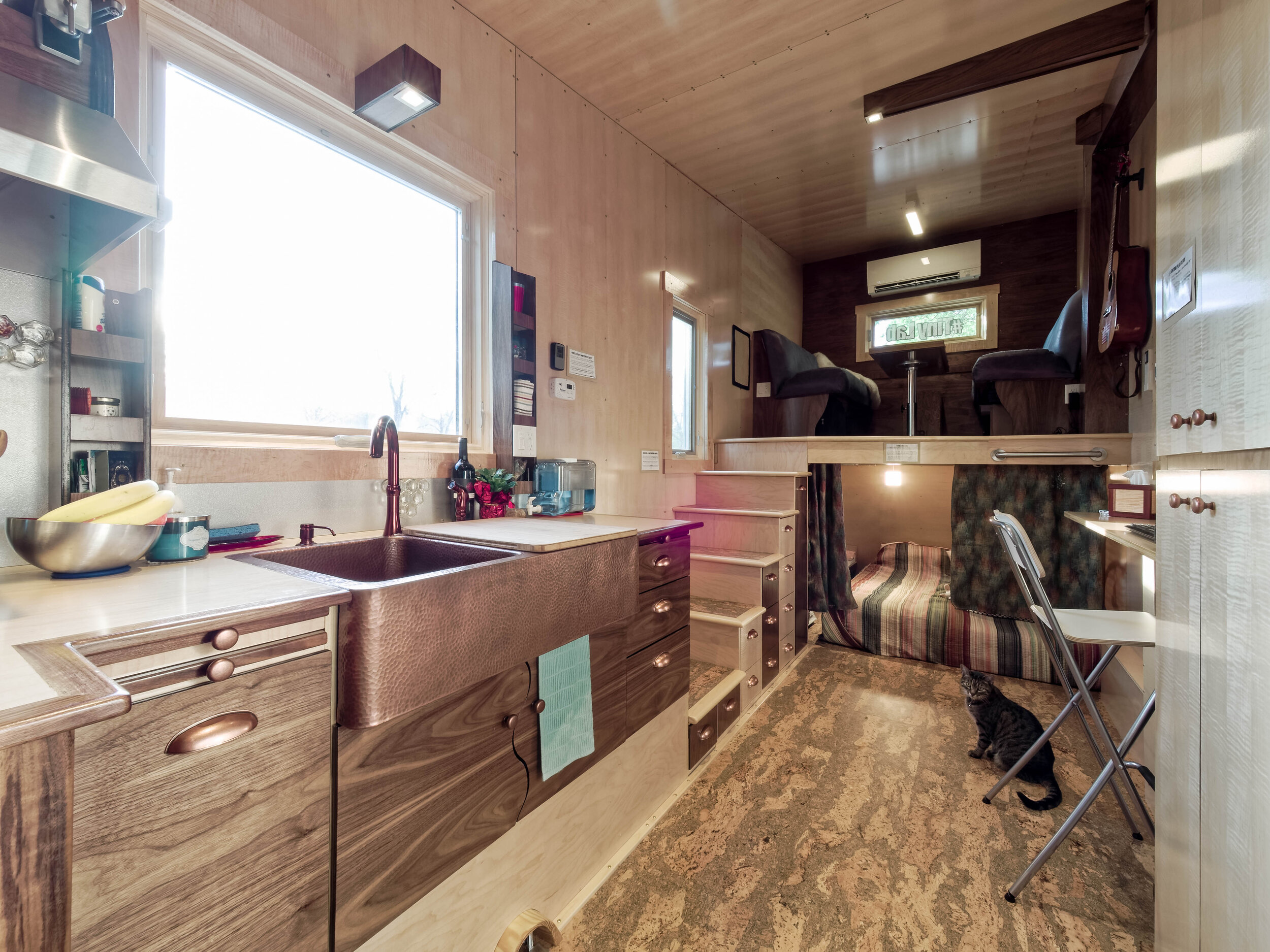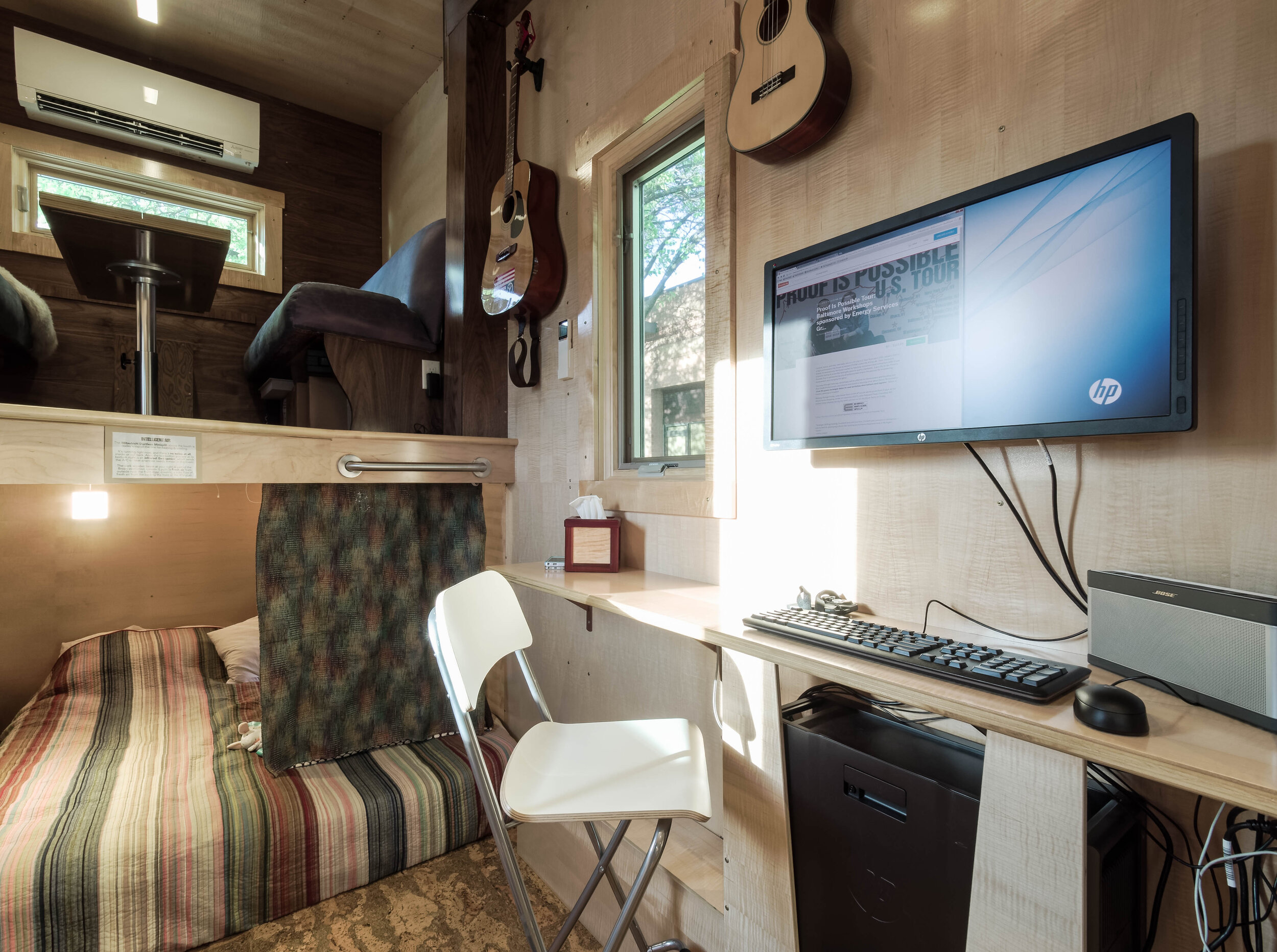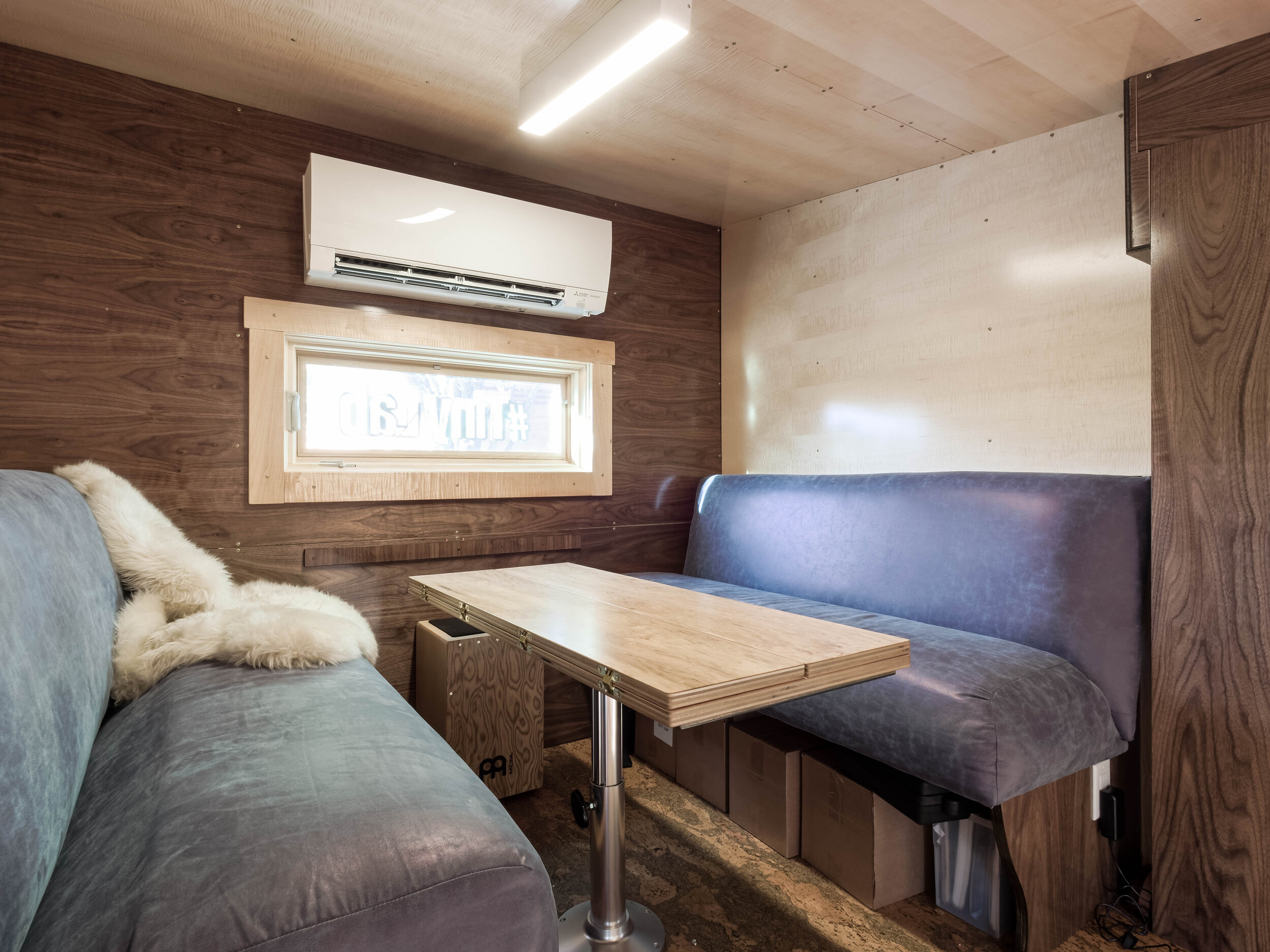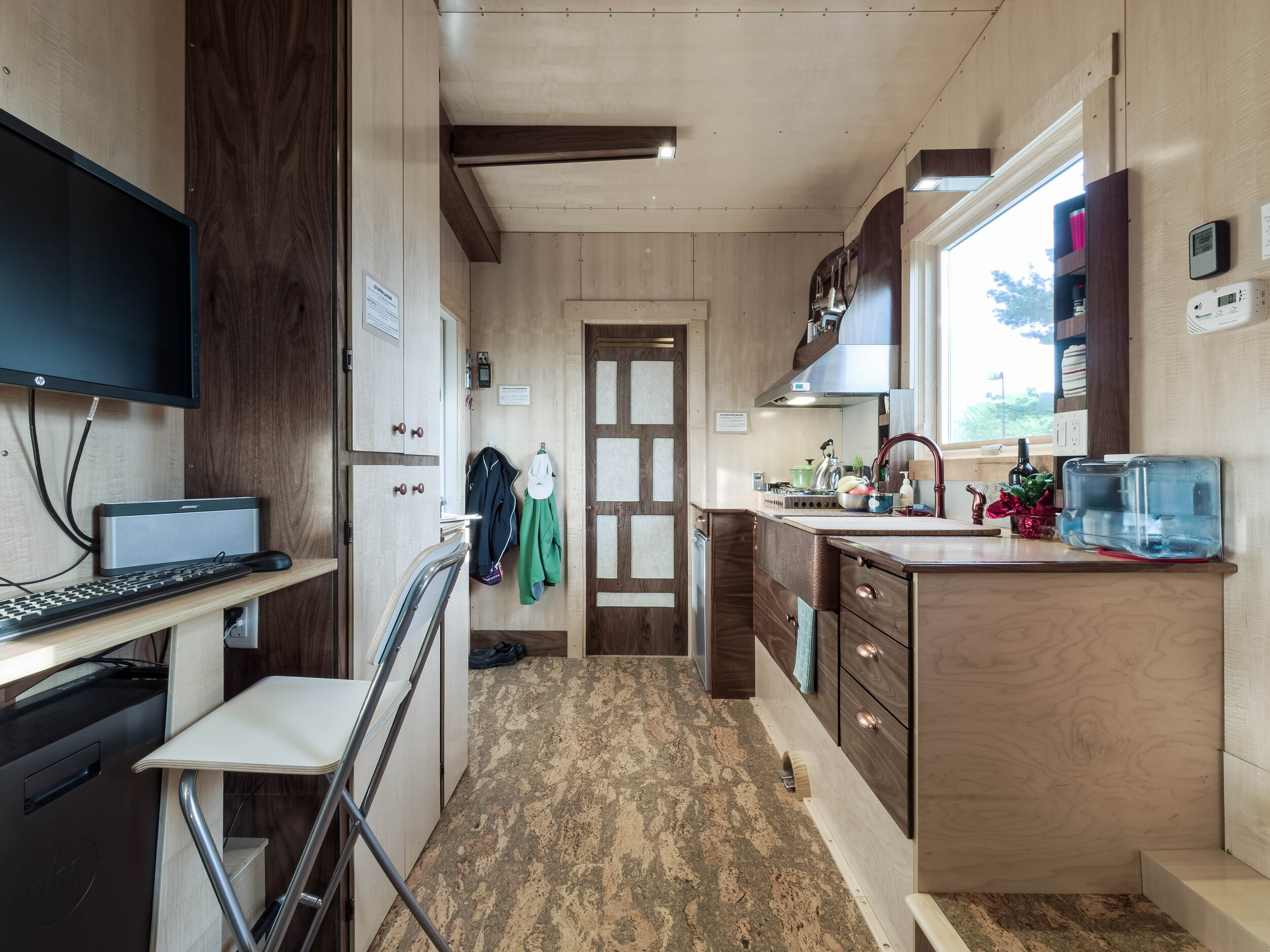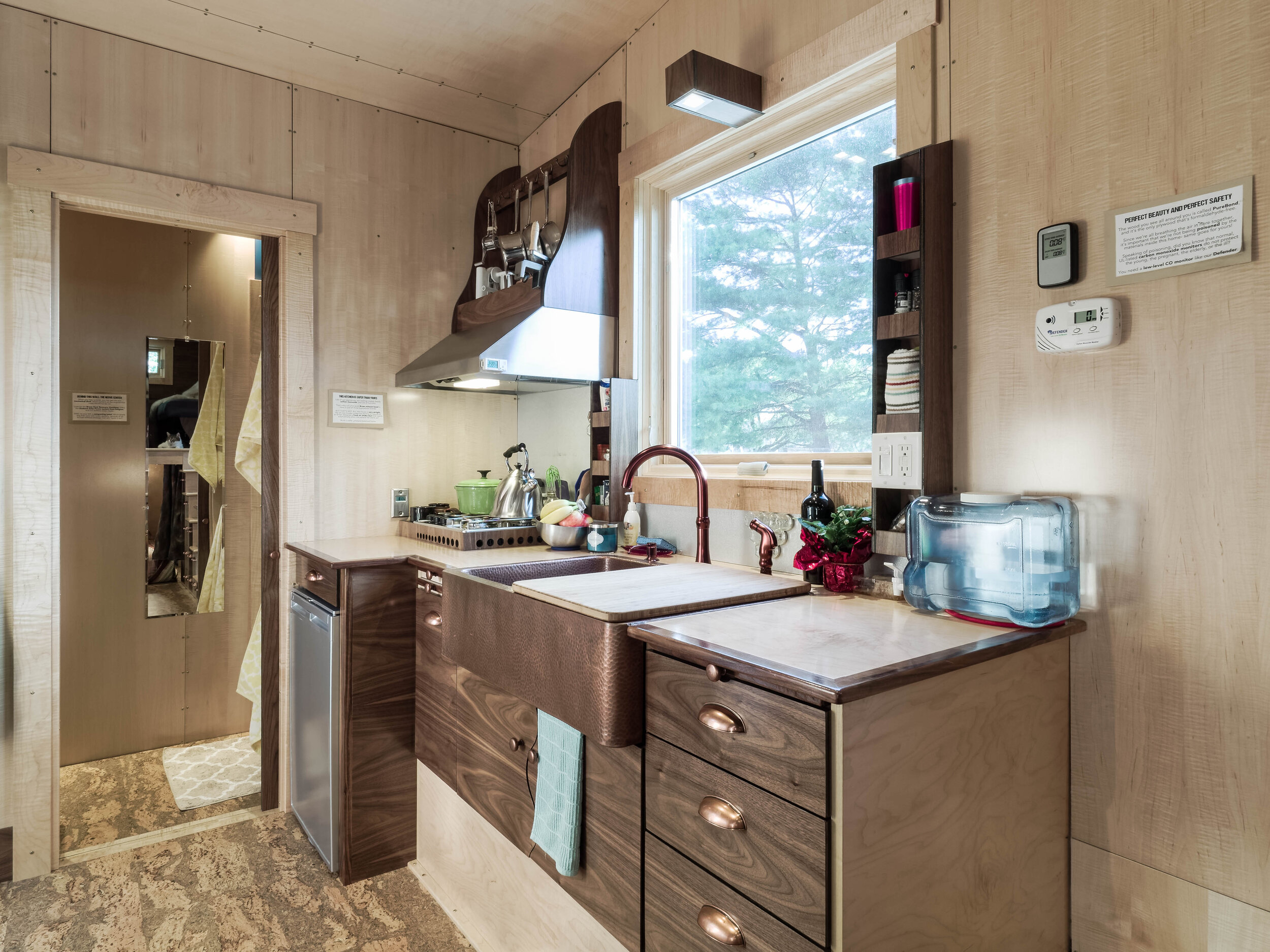4. How do you protect yourself from carbon monoxide poisoning?
The only way to be sure is to test. Whole-home performance testing can prove if your gas stove, water heater, furnace, or fireplace are exhausting properly and creating very little CO. We have a Defender ‘low-level’ monitor in the TinyLab. Your normal CO detector won’t always protect you. If it’s what’s called ‘UL-listed’ then it specifically will NOT protect children, pregnant women, ill or elderly people from low-level carbon monoxide poisoning. And it says so right in the manual. Crazy.
5. What are 5 tips you have for any homeowner/ renter reading this?
One: Your home is a system of interacting parts, so anyone who says one product can fix it is lying or naïve. Two: Proof is Possible- act on diagnostic proof before you undertake surgery on your home and before you pay your contractors for measured improvements. Three: airtightness is good- don’t let anyone tell you we should build crappy houses that can ‘breathe’ through the cracks. Four: ventilation is critical- take stale air out, bring fresh air in. Five: Our YouTube channel is called ‘Home Performance’- you can learn tips 6 through 1000 there.
6. What specific diagnostics are recommended for homes?
Great question! Blower door testing is most important- our TinyLab’s test proves that as first-time homebuilders, we achieved the most airtight standard in the world (that’s what makes it so quiet in here). Infrared thermal photos prove our insulation works. Pressure testing proves our home is not sucking air back in through exhaust fans or chimneys. Airflow testing proves our HVAC system’s working as designed. Air quality tests prove our family isn’t being poisoned. Proof is possible. Ask for it.
To learn more about your home’s performance, download the free ‘GeniusBooklet’ at:
https://buildingperformanceworkshop.com/geniusbooklet-how-your-home-works
To see the #TinyLab as it travels across the U.S. on the Proof Is Possible Tour, see the schedule at:
http://ProofIsPossible.com
